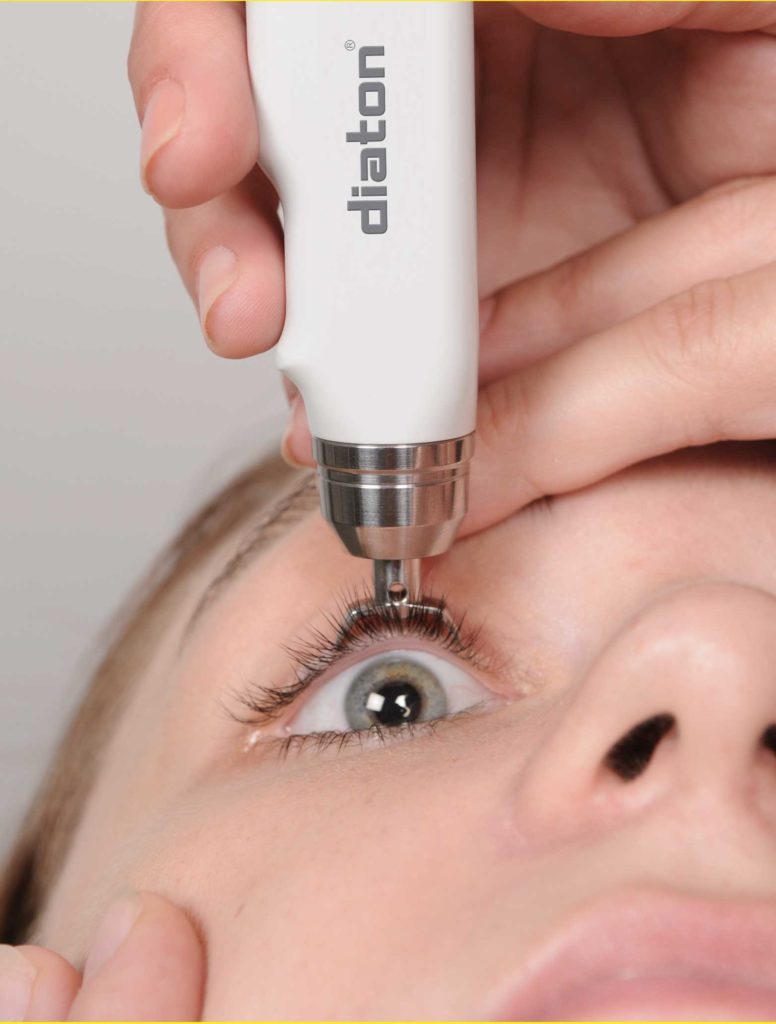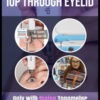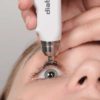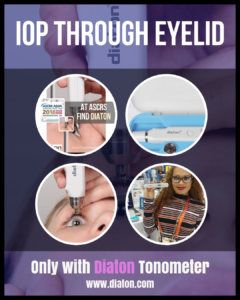Understanding the Role of Diaton Transpalpebral Tonometer in Managing Eyelid Spasms and Intraocular Pressure.
Clinical Insights from a Recent Study
A groundbreaking study, published on 21 October 2023 in the International Ophthalmology journal, sheds new light on the management of intraocular pressure (IOP) in patients with hemifacial spasm (HFS). The research, led by Danielle Pimenta Viana Trindade and colleagues, focuses on the influence of unilateral eyelid spasms and botulinum toxin treatment on IOP, as measured by the innovative transpalpebral tonometer, Diaton®.
The Challenge of Eyelid Spasms in IOP Measurement
Eyelid spasms, often associated with HFS, can significantly impact the accuracy of IOP measurements. Traditionally, the Goldmann applanation tonometer (GAT) has been the standard tool for this purpose. However, the spasmodic movements of the eyelids in HFS patients render GAT measurements less reliable. This is where the Diaton® tonometer comes into play.
Diaton® Tonometer: A Game-Changer in Ophthalmology
The Diaton® tonometer, employed in this study, is specifically designed to measure IOP through the eyelid, bypassing the challenges posed by eyelid spasms. This non-invasive approach offers a significant advantage in assessing IOP in patients with HFS.

Study Design and Methodology
The study involved 27 patients with moderate-to-severe HFS. The researchers measured IOP using the Diaton® tonometer before and after administering botulinum toxin type A (BTX-A) treatment. Post-treatment, IOP was also assessed using the GAT, allowing for a comparative analysis between the two measurement methods.
Key Findings and Implications
- Pre-Treatment IOP Variations: Prior to BTX-A treatment, the mean IOP in the affected eye was significantly higher (11 ± 3.42 mmHg) compared to the contralateral eye (9 ± 2.98 mmHg).
- Post-Treatment IOP Equality: Following BTX-A administration, the interocular difference in IOP, as measured by both Diaton® and GAT, was negligible. This suggests that eyelid spasms may contribute to elevated IOP in HFS patients.
- Diaton® vs. GAT: After BTX-A treatment, there were no significant differences in IOP measurements between the Diaton® and GAT methods, indicating the effectiveness and reliability of the Diaton® tonometer.
- Additional Ophthalmic Assessments: The study also included automated perimetry, optical coherence tomography (OCT), and pachymetry screenings. No significant differences were noted in these tests when comparing affected eyes to contralateral eyes.
Conclusion
This study highlights the Diaton® tonometer’s efficacy in managing IOP in patients with HFS, particularly when eyelid spasms render traditional methods challenging. The findings are a testament to the evolving landscape of ophthalmic diagnostics, emphasizing the importance of innovative approaches in patient care.
This blog post aims to disseminate the crucial findings of the study to a broader audience, emphasizing the innovative use of the Diaton® tonometer in overcoming the challenges posed by eyelid spasms in IOP measurement.








